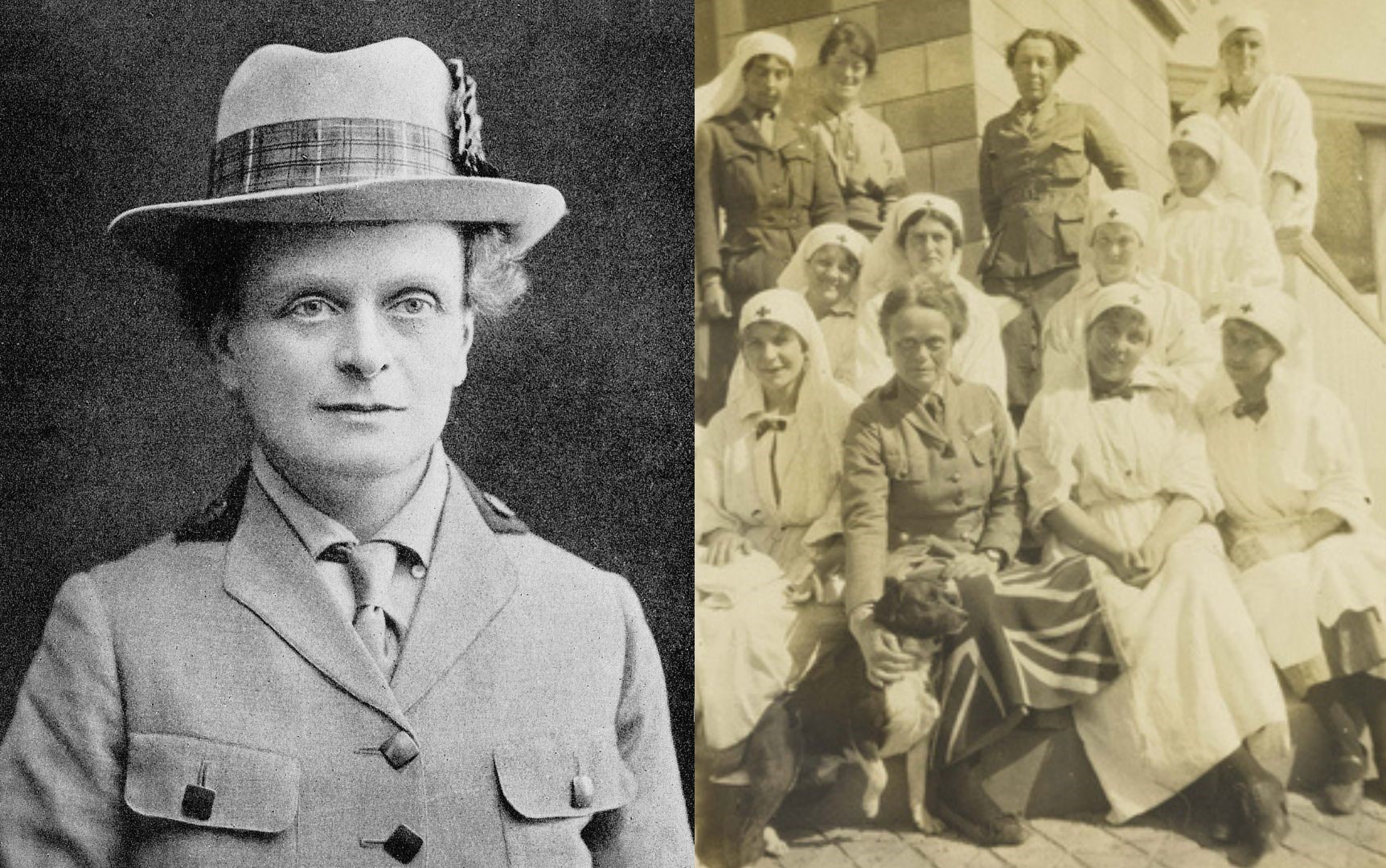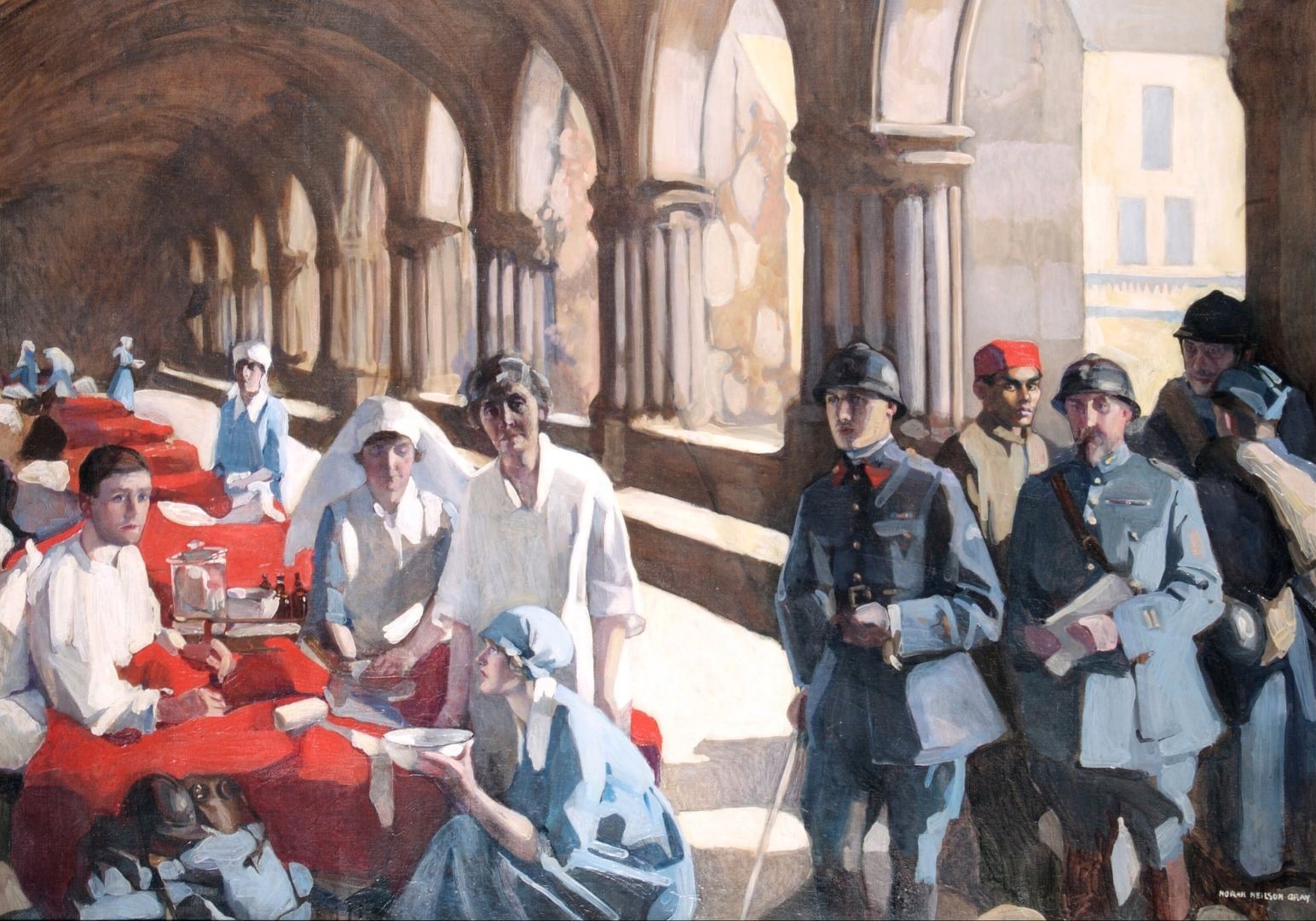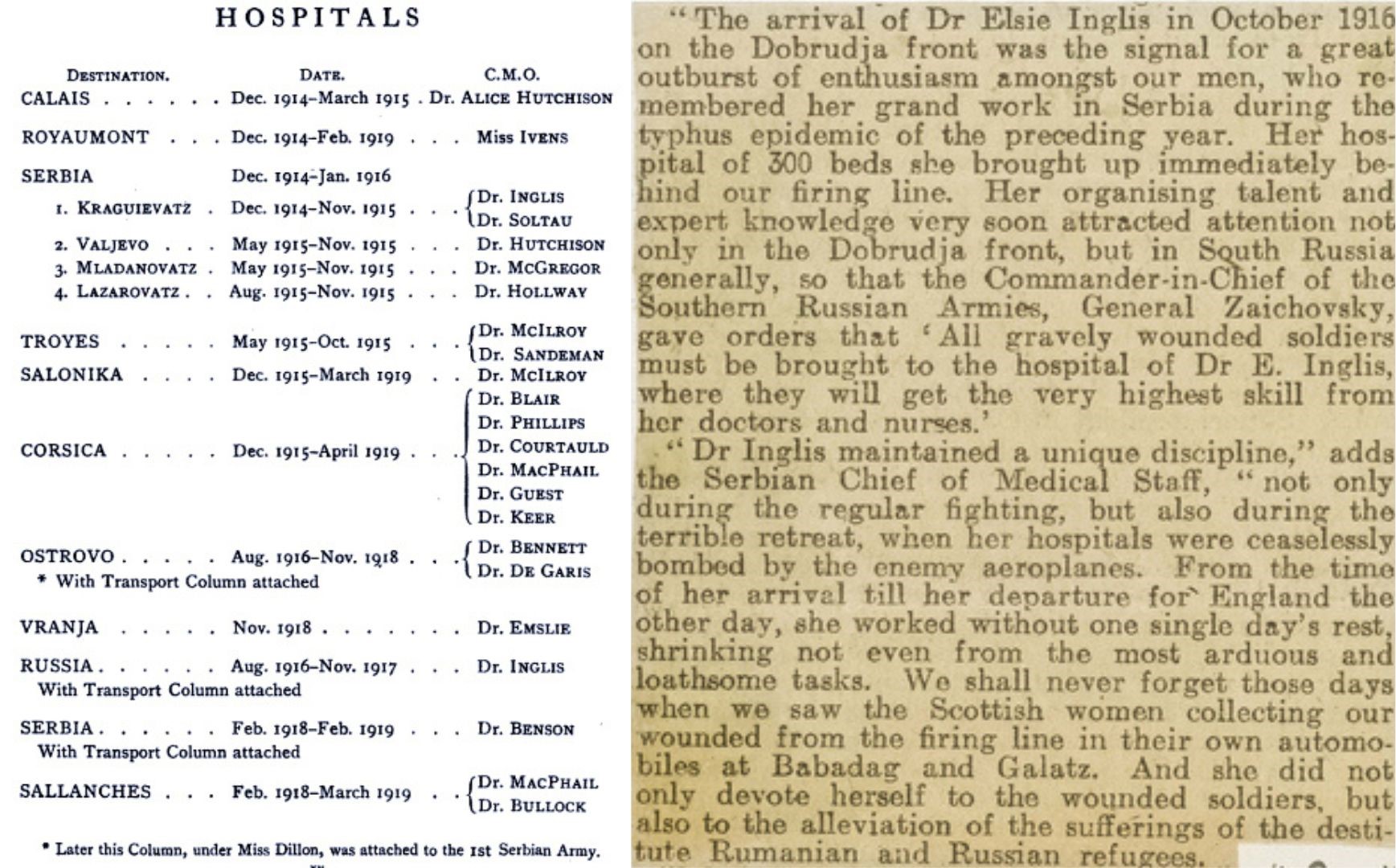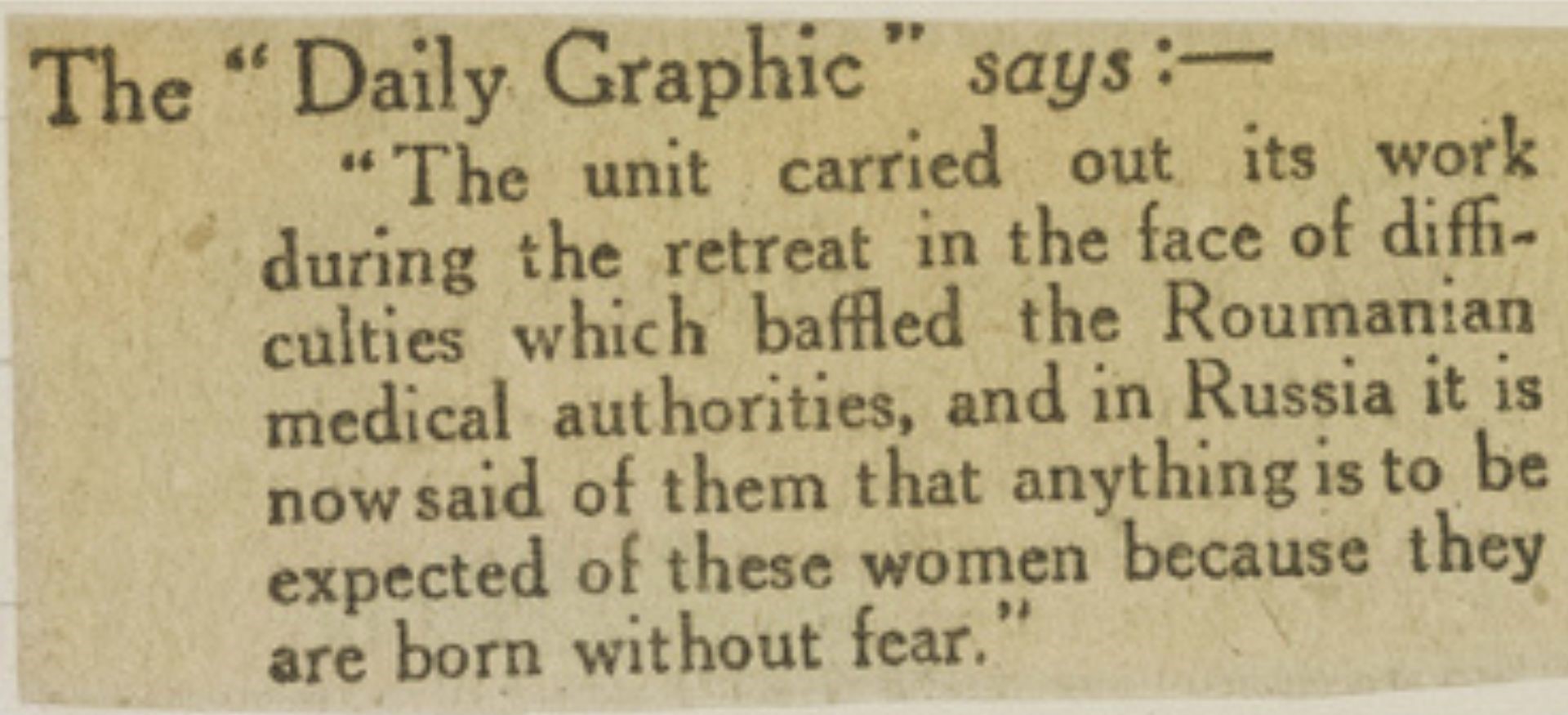Elsie Inglis: who refused to ‘go home and sit still’
30th Nov 2023
Imagine, at the beginning of the First World War, offering your not insubstantial (and much-needed) medical expertise to the War Office, only for them to turn you down.
This is exactly what happened to Dr Elsie Inglis in 1914. Her story does not end there, though.
Who was Elsie Inglis?
You might wonder if Elsie was too young and inexperienced at the time to contribute to the war effort. You might be right, if Elsie hadn’t been 50 years old and hadn’t spent the previous 30 years studying and practising medicine, licensed by the Royal College of Physicians of Edinburgh, the Royal College of Surgeons of Edinburgh and the Faculty of Physicians and Surgeons of Glasgow (a feat known as the Triple Qualification).
Elsie began her studies in 1887 at the Edinburgh School of Medicine for Women, founded by Edinburgh Seven’s own Sophia Jex-Blake. She soon left that school and founded the Edinburgh College of Medicine for Women, which was connected to the Scottish Association for the Medical Education of Women.
By the age of 30, Elsie had opened a hospital for women and children, located at 219 High Street—near our home, on the Royal Mile.

By Norah Neilson Gray; Dr Frances Ivens inspecting patients at the Scottish Women's Hospital at Royaumont
'My good lady, go home and sit still.'
Upon receiving this refusal of services from the War Office, Elsie did anything but go home and sit still. Well, technically she did go home, but this was only to regroup and establish the Scottish Women’s Hospitals for Foreign Service (SWH).
This foundation, funded by donations and the women’s suffrage movement, provided women-run hospitals for the Allied effort, at a time when women were barred entry to the Royal Army Medical Corps. Even the Scottish Red Cross stated that they had ‘nothing to say to a hospital staffed by women.’

The French government finally took Elsie up on the offer for help. Throughout the war, the SWH sent 14 teams of women to Belgium, France, Serbia, Russia, and beyond. They cared for those retreating through the Serbian winters, set up hospitals in North Macedonia, and treated soldiers injured at the Somme.
Return to Scotland
Elsie returned home from Russia in 1917, having led teams and survived capture by Austro-Hungarian and German forces. By this time, she was nearing death, terribly ill with bowel cancer. She passed away the day after she arrived back in Britain.
A memorial to Elsie resides in the north aisle of St Giles Cathedral in Edinburgh, where she lay in state before being buried in Dean Cemetery. Winston Churchill declared that she and her nurses will ‘shine in history.’

Discover the lives of Edinburgh’s prominent figures and how they shaped the city we now call home by signing up to our email newsletter. Never miss a historical blog post, a spooky story, or an exclusive offer—we'll send them right to your inbox.

